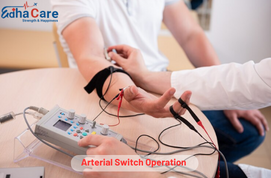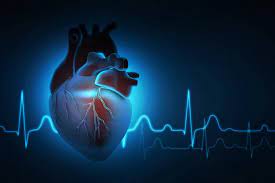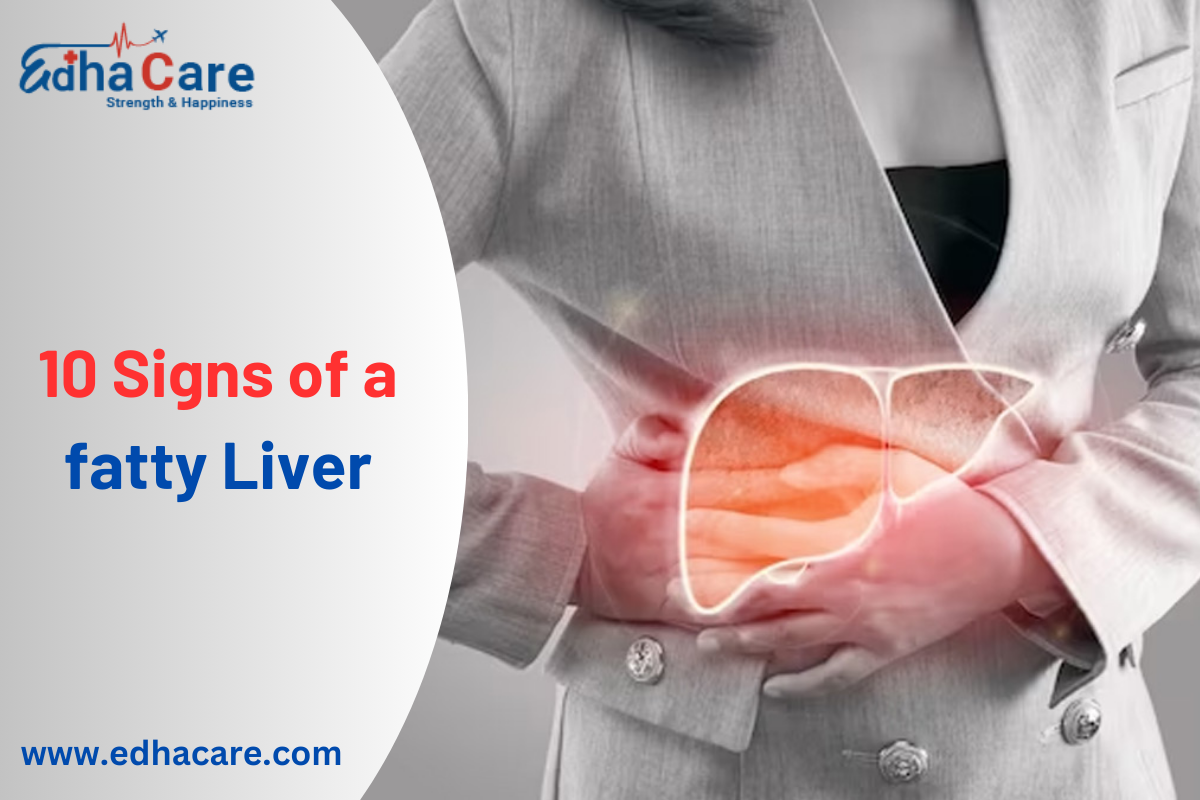Arterial Switch Operation

Transposition, also known as the great arteries (TGA), a congenital cardiac abnormality in which the pulmonary artery and aorta are positioned incorrectly, can be corrected surgically with an arterial switch operation (ASO). By reorganizing the main arteries to their original placements during an ASO, the surgeon is able to restore enough blood flow. To guarantee that the heart muscle receives enough blood, the surgery entails chopping and reconnecting the major blood vessels, such as the aorta and pulmonary artery, as well as reconstructing the coronary arteries. ASO is usually carried out in the first few weeks of life in order to avoid TGA-related problems such as cardiac failure and cyanosis. It has greatly improved results for those with TGA and has become the accepted standard of therapy. While ASO is a complex procedure, advancements in surgical techniques and perioperative care have led to high success rates and improved long-term outcomes for patients undergoing this surgery.
Book an AppointmentAbout Arterial Switch Operation
Arterial Switch Symptoms : A newborn with the transpose of the great arteries (TGA), a congenital cardiac abnormality, is usually a candidate for an arterial switch operation (ASO), a corrective surgical procedure. TGA symptoms can include cyanosis, fast breathing, challenges eating, and low gain of weight. These signs typically appear soon after birth. Due to inadequate blood oxygenation, infants with TGA frequently have bluish skin, which can get worse with activity or screams. They may additionally demonstrate symptoms of heart failure that involve perspiration, tiredness, and an accelerated heart rate. By surgically reestablishing the heart's normal blood flow while improving the body's supply of oxygen, ASO seeks to reduce those symptoms. For newborns with TGA, prompt identification and care are essential to preventing complications and optimizing outcomes.
Arterial Switch Causes : A congenital cardiac abnormality that develops during fetal development is the primary cause of transposition of the great arteries (TGA), a disorder that is treated with an arterial switch operation (ASO). Both of the main arteries that leave the heart, the pulmonary artery and the aorta, are repositioned during TGA. The incapacity of the body to properly move blood that is both oxygenated and deoxygenated as a result of this aberrant placement produces symptoms like cyanosis, fast breathing, and poor feeding soon after delivery. Though the precise etiology of TGA remains unresolved a hereditary and environment cocktail is thought to be involved. TGA may arise as a result of a genetic predisposition, maternal medical problems (such as diabetes), particular medicines or treatments, or exposure to chemicals or infections during pregnancy.
Arterial Switch Remedies : The primary therapy for transpose of the great arteries (TGA), that is treated through surgery, is arterial switch operation (ASO). For patients with TGA, ASO involves surgical realigning the pulmonary arteries and aortic to recover normal flow of blood. ASO attempts to address the aberrant structure of the heart in order to relieve the signs of TGA, including cyanosis, fast breathing, and poor feeding. ASO also aids in preventing long-term TGA side effects such heart failure and problems with development. Even though ASO is the suggested course of treatment for TGA, patients may need ongoing cardiology monitoring to check heart function and address potential issues.
Procedure of Arterial Switch Operation
Preoperative Evaluation : To examine the structure and functioning of the heart's chambers and its surrounding structures, the patient is put through an in-depth assessment that involves a review of their medical history, a physical examination, and diagnostic procedures including cardiac catheterization and echocardiogram.
Anesthesia : To keep the patient unconscious and without discomfort during the surgery, a general anesthesia is given.
Incision : To access the heart, a middle sternotomy incision is performed in the chest. As an alternative, in certain situations a mini-thoracotomy procedure could be utilized.
Cardiopulmonary Bypass (CPB) : The patient is hooked up to a heart-lung bypass machine, which acts as a temporary substitute for the heart and lungs while the surgery is being performed. Because of this, the heart can be operated on while it is motionless, and blood flow is diverted via the bypass machine.
Arterial Switch : The arteries and pulmonary artery are carefully removed from their aberrant places and reconnected in their proper places by the doctor performing the operation. In order to guarantee adequate blood flow to the heart's muscle, the coronary arteries are also severed and reconnected.
Closure : The incision is closed with stitches or staple once the arterial switch has been performed and the beating heart has been thoroughly examined for any leaks or bleeding.
Postoperative Care : For close monitoring and recovery, the patient is moved to the intensive care unit (ICU). Pain relief, heart-supporting drugs, and ventilatory support may be necessary. To evaluate recuperation and keep an eye out for potential issues, follow-up sessions are planned.
Require Assistance?
Get A Quick Callback From Our Healthcare Experts






